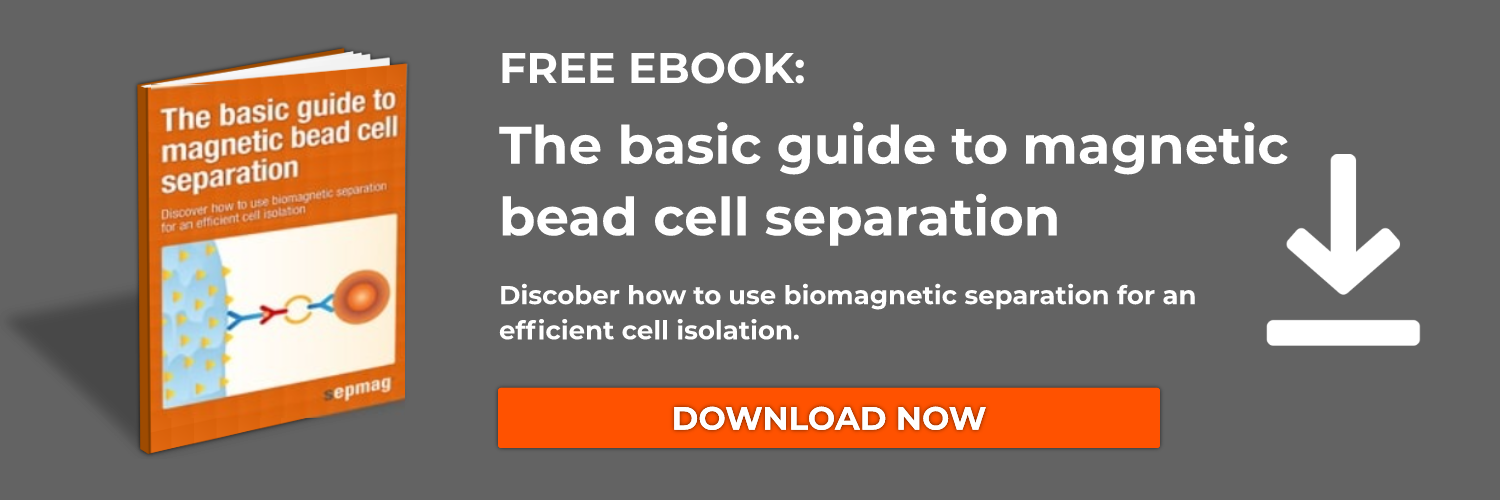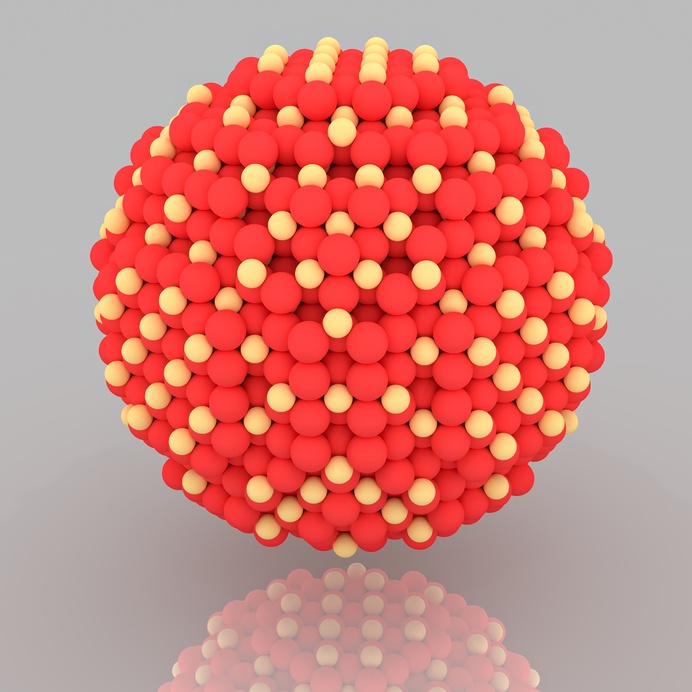Part 2 Si-bilayer-IDA modified CoFe2O4 magnetic nanoparticles
Iminodiacetic acid (IDA) is a chelating ligand used to modify the surface of a magnetic nanoparticle in order to immobilize metal ions for use in metal affinity protein separation. Part 1 of this series discussed a very similar technology in which hydroxyapatite was used as the chelating ligand. IDA can be a more attractive option in situations where one wants to avoid non-specific adsorption of proteins because the surface charge is nearly zero. This means that the metal ion and the histidine tag on the protein are the only sites that interact.
There were three main incentives for this research:
- The need for nanoparticles with uniform size and magnetic content
- The desire for a metal affinity ligand nanoparticle with good magnetic content and low density. Previous nanoparticles with IDA-modified surfaces had thick silica shells that decreased protein adsorption efficiency and relative magnetic content.
- The ability to synthesize magnetic nanoparticles without using expensive chemicals such as dihydric alcohol.
MNP morphology: size distribution, magnetic content, and density
It is important to consider nanoparticle morphology when designing a biomagnetic separation protocol because poorly designed nanoparticles can have a negative impact on separation efficiency. Here, poorly designed means non-uniformity in size, low magnetic content, low specific surface area, or density that is too high. Specific surface area is the amount of binding surface divided by the mass of the bead.
Advanced separation racks, such as those sold by SEPMAG, are engineered to provide a homogeneous magnetic force throughout the sample. This ensures a gentle and efficient separation as long as the nanoparticles are similar in size and magnetic content. Smaller beads move slower in a magnetic field gradient than larger beads, but they have a greater specific surface area. Increasing magnetic content can speed up separation time, but care must be taken to avoid making the beads too dense. Magnetic separation is conducted horizontally, so the beads travel to the sides of the container, but if the beads are too dense they will succumb to gravity and form a sediment at the bottom.
An inexpensive synthesis of magnetic nanoparticles
The authors of this work used CoFe2O4, a nanostructured material, to synthesize magnetic nanoparticles with a narrow size distribution without using costly dihydric alcohol. Then they imparted the surfaces of the nanoparticles with an IDA-like without a thick silica shell. This is beneficial to maintaining good relative magnetic content and a low overall density. Copper ions were immobilized on the surface, and the nanoparticles were used to separate bovine hemoglobin (BHb) from bovine blood. The newly designed nanoparticles were found to be highly efficient at separating the BHb proteins from solution.
Related news
- Recent advances in protein purification using biomagnetic separation
- DNA isolation from bacteria using charge-reversible magnetic nanoparticles
- Magnetic bead cell separation for the detection of circulating tumor cells




